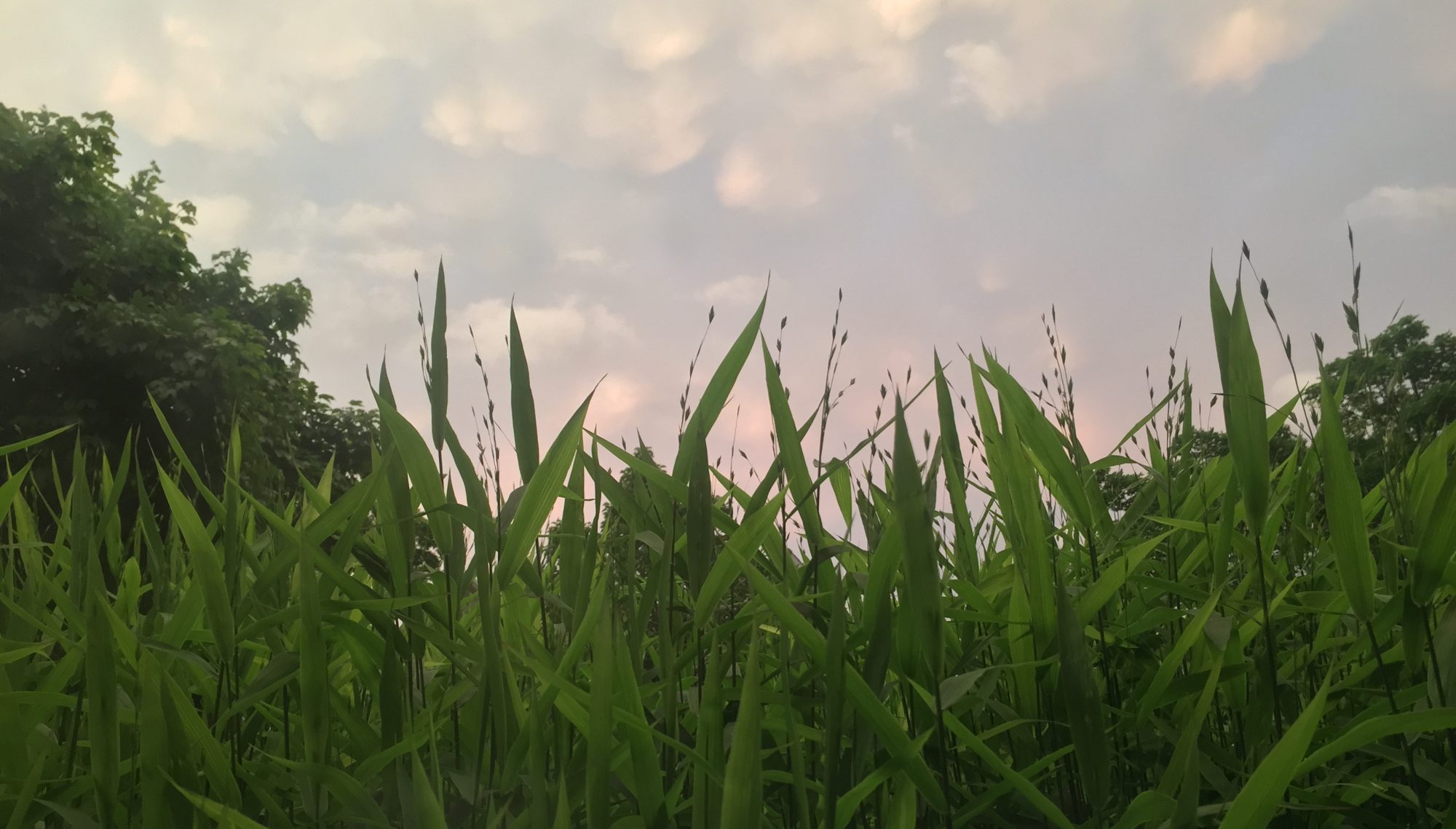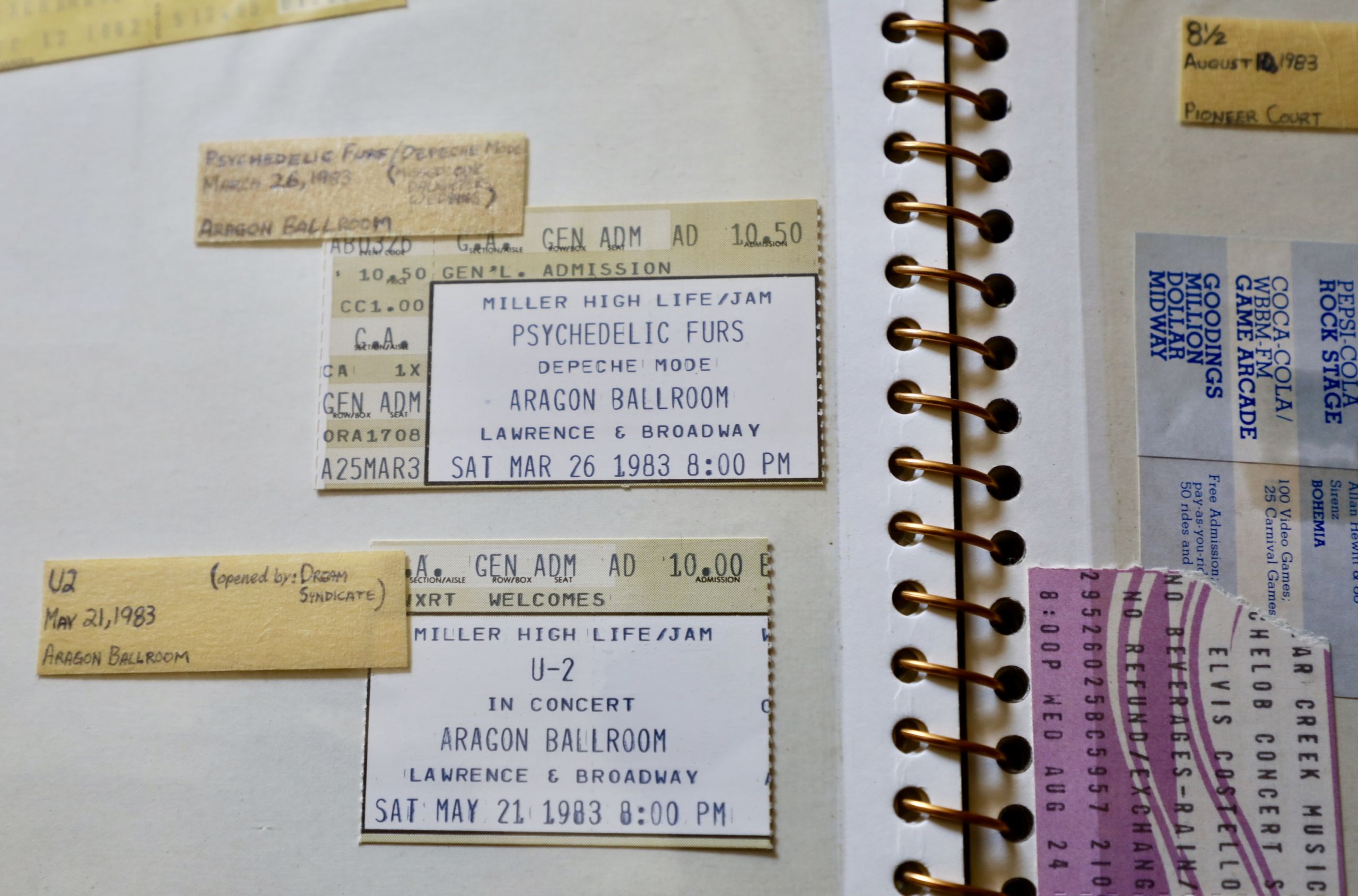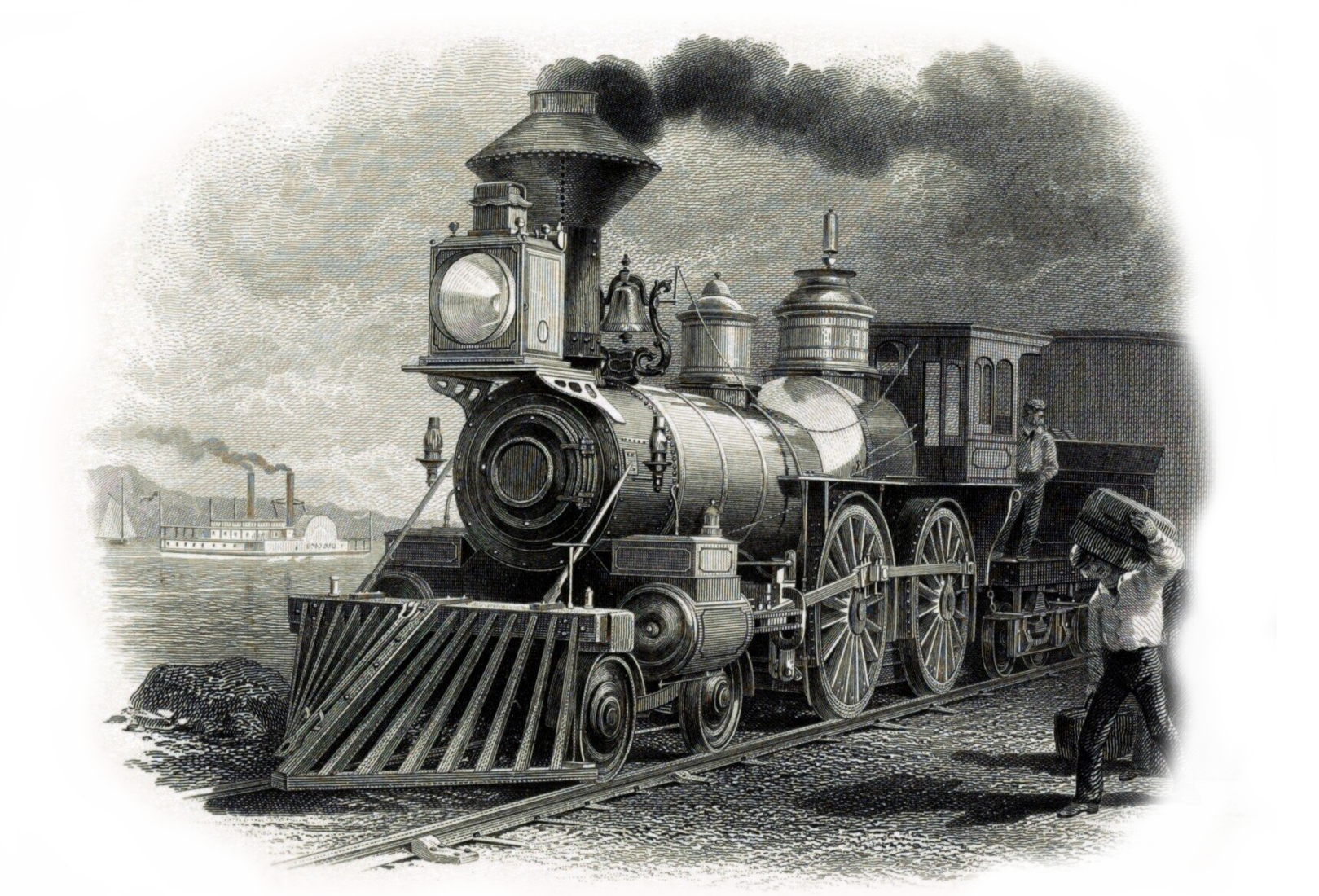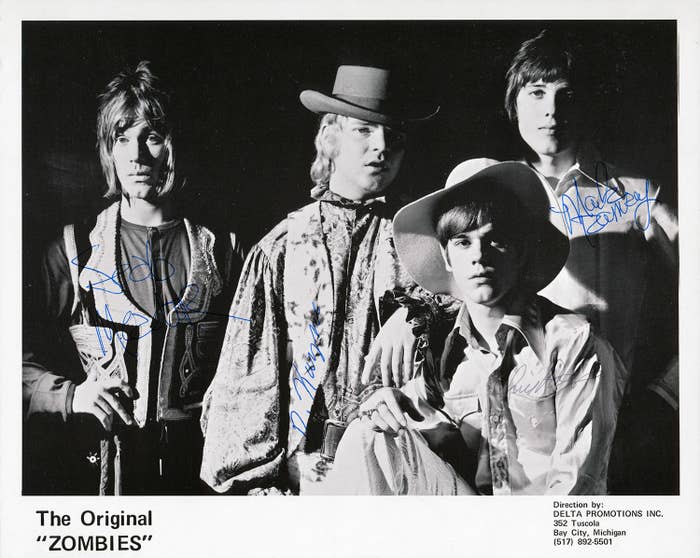As regular readers of this site know, in a former life I was something of a scholar of Bollywood cinema (I promise this will be my last Bollywood-related post for a while!). A couple of years ago a friend asked me to compile a list of my favorite films, which I recently happened upon and decided to reproduce here.
For the most part, these are the films that I would include in an introductory class on post-Independence Hindi cinema and the historical and cultural contexts that produced it. I make no claim to comprehensiveness — this list skews heavily toward my interests in religion and nationalism in India and towards more recent films. But if you’re thinking of diving into Bollywood, you could do worse than starting with these films.
1. Shree 420 (Raj Kapoor, 1955) – Kapoor, the Chaplain-esque king of early Bollywood became an international hero in the Soviet Union for this condemnation of greed and capitalist corruption.
2. Mother India (Mehboob Khan, 1957) – Perhaps the most well-known film in India, and an ideological endorsement of Nehru’s industrial-developmental socialism over the traditionalist feudalism portrayed as pervasive in village India.
3. Mughal-e-Azam (K. Asif, 1960) – One of the finest “historicals,” this period piece is best known for its lyrical Urdu dialogue and beautiful cinematography.
4. Jai Santoshi Maa (Vijay Sharma, 1975) – A throwback to the early “mythologicals” (most of the early Indian movies were stories of gods and saints), JSM basically established a nationwide cult for a previously little-known goddess; a prime example of the interaction of media and religion in Indian culture.
5. Deewaar (Yash Chopra, 1975) and
6. Sholay (G.P. Sippy, 1975) – The movies that turned Amitabh Bachchan from a star into a god; great examples of the “angry young man” genre that featured disenfranchised and dissatisfied young men as their heroes, reflecting a growing disillusionment with the ineffectiveness and corruption of the government in the 1970s.
7. Amar Akbar Anthony (Manmohan Desai, 1977) – My personal favorite, for reasons ranging from the excellent music to the ridiculous costumes; also ground zero for my study of the intersection of religious and national space in Bollywood cinema.
8. Disco Dancer (Baabar Subhash, 1982) – THE Bollywood movie to watch for camp/kitsch, it is a remake of “Saturday Night Fever;” unexplainably, also one of the most popular movies in West Africa.
9. Tezaab (N. Chandra, 1988) – A terrible movie, but a perfect example of the state of Bollywood in the 80s; also helped launch the career of Madhuri Dixit with the song “Ek, Do, Tin.”
10. Khal Nayak (Subhash, Ghai 1993) – A reimagining of the Ramayana as a police drama; most notable for the song “Chole Ke Piche” and the incredibly absurd outfits worn by Sanjay Dutt.
11. Hum Aapke Hain Koun (Sooraj R. Barjatya, 1994) – Not a single fight scene to be had, Bollywood begins turning away from the angry young man and back toward the love story/family drama; as economic liberalizations begin to transform India, conspicuous consumption starts becoming a family value.
12. Bombay (Mani Ratnam, 1995) – A beautifully shot and acted film about the aftermath of the 1992 Ayodhya conflict and the riots in its wake.
13. Pardes (Subhash Ghai, 1997) – Not really a good movie, but interesting in its depictions of the conflicts in Indian social life as more and more Indians go abroad.
14. Dil To Pagal Hai (Yash Chopra, 1997) – A fun, goofy, infectious movie, with Shah Rukh Khan at his best (i.e. before people started thinking he was a dramatic actor)
15. Dil Se (Mani Ratnam, 1998) – Mani Ratnam does it again — and with maybe the best soundtrack ever by A.R. Rahman.
16. Dil Chahta Hai (Farhan Akhtar, 2001) – MTV starts making its presence felt in this coming of age drama about three hip young friends.
17. Devdas (Sanjay Leela Bhansali, 2002) – Maybe the most beautifully shot Bollywood film ever, and fantastic music; Shah Rukh really can’t pull off the dramatic lead, though.
18. Main Hoon Na (Farah Khan, 2004) – post-modern, self-referential and ironic, yet loving tribute to the masala film; ridiculous plot but funny and technically perfect — and great songs, of course.
19. Swades (Ashutosh Gowariker, 2004) – Something of an answer to “Pardes,” addressing the question of what happens when NRIs return to India.
20. Rang De Basanti (Rakesh Omprakash Mehra, 2006) – A sensation in India at the time of release, it mixes together the stories of anti-British Indian revolutionaries with the political awakening of a group of young friends.
Did I leave off your favorite movie? Of course I did. Let me know in the comments!
 I first discovered that singer-songwriter Joe Pug had a podcast when he interviewed my college classmate Josh Ritter some years back, and it has turned into one of my regular must-listens. It might be a little “inside baseball” if you’re not a songwriter yourself, but chances are you’ll learn a lot about the craft from the series of luminaries Pug has accumulated in his catalog.
I first discovered that singer-songwriter Joe Pug had a podcast when he interviewed my college classmate Josh Ritter some years back, and it has turned into one of my regular must-listens. It might be a little “inside baseball” if you’re not a songwriter yourself, but chances are you’ll learn a lot about the craft from the series of luminaries Pug has accumulated in his catalog.










